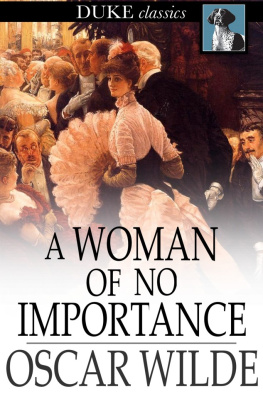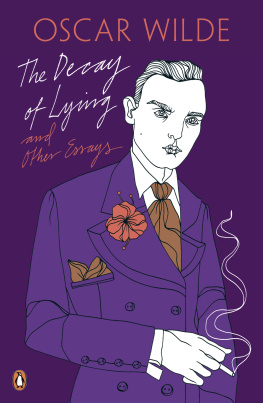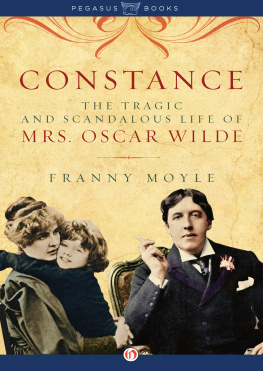Constance
The Tragic and Scandalous Life of
Mrs Oscar Wilde
FRANNY MOYLE
JOHN MURRAY
To my mother Olga
and my daughter Rosa
Contents
The sins of the parents
I F YOU HAPPENED to dine at the Caf Royal or the Savoy in the early 1890s, you might well have glimpsed the great Oscar holding court. A cigarette and wine glass in hand, enthroned in a corner, with a group of acolytes in attendance, he was the embodiment of blatant decadence. And many who witnessed this bacchanalian version of the man wondered how he and his political, campaigning but nonetheless far more temperate wife had ever determined to marry. But Oscar and Constance were far more similar than has been generally acknowledged. The key to their compatibility was rooted in their own personal histories. On both of them the influence of Ireland, the scars of scandal and the impression of a domineering mother had made their mark. Their connection was Oscars home town of Dublin, from where Constances mother, Ada, also hailed.
Adelaide Barbara Atkinson, to give her her full name, was the daughter of Dublins Captain John Atkinson, once with the 6th Rifles and subsequently Receiver-General of the Post Office there, who with his wife, Mary, had brought up their family in an elegant Georgian town house, 1 Ely Place. Marys brother Charles Hare, the first Baron Hemphill, Sergeant and QC, lived close by at 65 Merrion Square, where his neighbours included Oscars parents, Sir William and Lady Wilde.
Ada Atkinson was a selfish and difficult woman, who when she was just nineteen married her cousin Horace Lloyd, an English barrister eight years her senior. Lloyd was the son of the eminent QC and one-time Radical MP John Horatio Lloyd. In choosing a husband from this branch of the family, Ada was marrying into
The entrepreneurial Lloyds had grown rich on the back of the industrial revolution. John Horatio Lloyd was the son of the attorney John Lloyd, who played a leading part in suppressing the Luddite riots in the first quarter of the nineteenth century. Educated at Stockport Grammar, John Horatio went to Oxford and took a double first in Classics before being called to the bar and being elected Liberal MP for Stockport. He became an exceptionally wealthy man indeed, not least because his legal practice had become the favoured counsel for the fast-developing railway companies, but also because he invented a type of investment bond on which the development of the railway system became particularly dependent: the Lloyds Bond.
Ada and Horace initially lived in 3 Harewood Square in Marylebone, close to Regents Park and north of the busy Marylebone Road. On Wednesday 12 November 1856 the Morning Chronicle announced that On the 10th inst at 3 Harewood Square the wife of Horace Lloyd Esq., barrister at law was delivered of a son and heir. This was Otho Lloyd. Two years later the same column announced his sister Constances arrival into the world, and the family was complete.
The birth of two children in quick succession did not, alas, signify domestic bliss in Harewood Square. Horace Lloyds sense of his marital obligations quickly waned. As his professional success grew, so did his appetite for the pleasures of various gentlemens clubs and his ambitions to rise to a position of prominence within the strange business of Freemasonry. Part of the Prince of Waless social set, he developed the reputation for being a stop-out who could have taken on any expert in one of the three games, chess and billiards and whist, and beaten him in two out of three.
If a guiding paternal hand was absent in Harewood Square, so was maternal warmth. Ada also failed to show much interest in her offspring. Otho Lloyd would later suggest that he and Constance were brought up against the will and determination of two most selfish and egotistical natures.
The one thing Ada Lloyd did do, however, was introduce her children to Dublin. Resentful and lonely, Adas marital unhappiness prompted regular visits to her mother, Mama Mary, in Dublins Ely Place. After Captain John Atkinson died in 1862, these trips became yet more frequent.
And so the young Constance and Otho found themselves often leaving the modern villas of West End London to spend time in the calmer, quainter Georgian environs of Dublins Ely Place and Merrion Square. Here they had their cousin Stanhope Hemphill to play with as well as their youthful aunt Ellena, born in 1853. The Atkinsons, Hemphills and Wildes all moved within the same tightly knit Dublin community, and it is highly likely that the young Lloyd children would have encountered or heard tell of Sir William and Lady Wilde in Merrion Square, and of their two sons, Willie and Oscar.
Constance was not an entirely healthy child. Her brother described her as somewhat bilious. Nevertheless she survived bouts of the standard juvenile maladies of the era, chickenpox and measles, and by the age of ten, by which time her father had become a QC, she found herself living with her family in the grand surroundings of Londons Sussex Gardens.
The upwardly mobile Lloyds lived first at 9 Sussex Gardens and then, in line with Horaces burgeoning practice, they moved to an even larger villa at no. 42, where they enjoyed five servants: two housemaids, a cook, a kitchen maid and a butler. As the level of domestic help suggests, Sussex Gardens, just off Hyde Park, was an area associated with the well-to-do. It was also close to grandpa John Horatio, who lived in another huge and imposing villa at 100 Lancaster Gate.
Here Constance enjoyed a thorough education. Otho Lloyd remembered his sister as being able to play the piano well, able to paint in oils, a fine needlewoman and well read.were small, when her brother was sent away to Clifton School in Bristol she clearly attended one of the few schools for girls that had been founded in London since the mid-century.
By the 1870s there were a number of colleges open to young women who wanted to continue their education, cherry-picking the courses and classes that appealed. The academic standards the mature attendees of the colleges were expected to meet were in fact very high. Young women, although unable to hold a degree, could, via these schools, study under the tutelage of university staff for examinations that were marked by the University of London.
Constance took one such course and university examination in English literature, specializing in the work of Shelley. The intensity of the study required to pass the examination is suggested by Constances complaint that the course ought to have been stretched over a year at least, although, practical as ever, Constance added that she was not going to bother worrying over it. I intend to take it very quietly, she told Otho, relaying that I shall not do any singing next week in order to get what time I can for reading. This strategy clearly proved successful, since Constance also noted that her tutor, a Mr Collins, was barely able to make a single comment on her Shelley essay, it was so good.
But regardless of their education, their impressive address and financial comfort, the emotional home life of the Lloyd children never stabilized. Horace Lloyds weaknesses were not limited to billiards and cards: he also had a soft spot for women. Years later Constance witnessed a scene at her grandfathers house when a woman presented her son at Lancaster Gate and a row ensued. Later Otho saw a young man at Oxford who caused him concern. Although Constances correspondence regarding this is not explicit, the implication is that Otho felt sure he had spotted his illegitimate half-brother, the product of one of Horaces unwise dalliances.

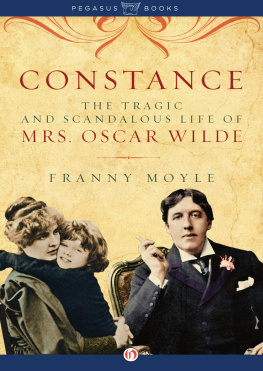
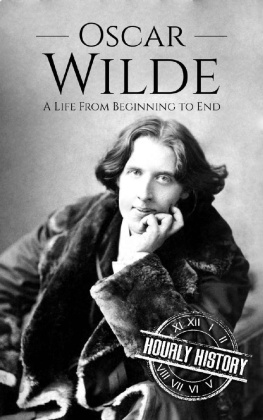

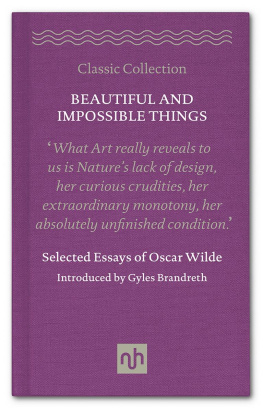
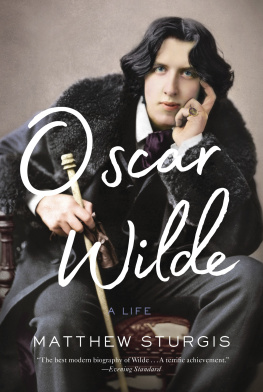

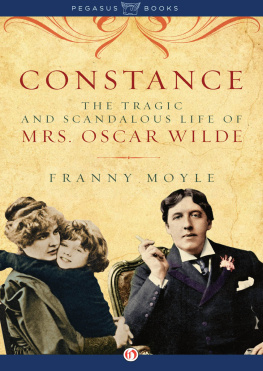
![Wilde Oscar - The secret life of Oscar Wilde: [an intimate biography]](/uploads/posts/book/228457/thumbs/wilde-oscar-the-secret-life-of-oscar-wilde-an.jpg)
